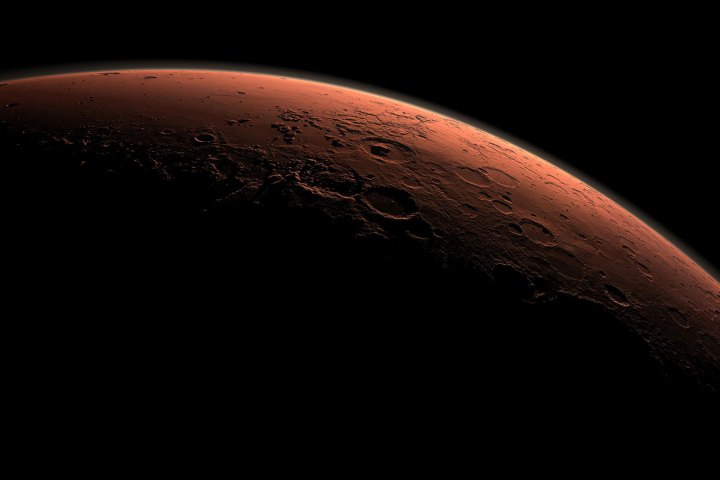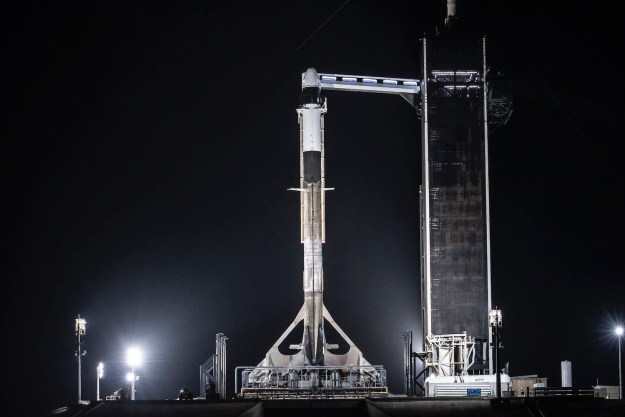
This will happen in two phases. The first phase includes launching four manned vehicles to cislunar space — an orbit between the Moon and Earth — to transport building materials, a research module, a power source and an airlock, according to Space.com. Each of these missions will occur between 2018 and 2026 with the second phase set for 2027.
Then NASA will launch the Deep Space Transport (DST) vehicle to cislunar space. This will be followed by a crew who will live in this lunar habitat for one year. The leap to Mars — currently slated for the 2030s — will launch the DST using the planned Space Launch System (SLS).
This tight timeline is wholly dependent on the completion of the SLS which is already three years behind schedule with the first launch currently slatted for 2019. If the rocketry is delayed yet again NASA may have to extend this ambitious timeline or partner with the private sector currently building other heavy rocket models such as SpaceX’s promising Falcon Heavy vehicle.
With a rather lofty schedule already loosely set and banking on a roughly trillion dollar price tag over the course of 25 years, this extensive mission timeline has a lot of loose ends and budget constraints to tidy up. Buzz Aldrin recently even proposed giving the private sector the keys to the ISS to free up more money for this preliminary mission to Mars.
To paraphrase the late, great Notorious B.I.G., it looks like we’re “going going, back back to”… the Moon.
Editors' Recommendations
- NASA’s Artemis moon astronauts suit up for mission practice run
- Moon, Mars, and more: NASA extends 8 planetary missions
- Watch the splashdown of NASA’s first private ISS mission
- NASA footage shows SpaceX Crew-4 training for ISS mission
- Watch NASA’s Crew-3 astronauts share highlights of their ISS mission


